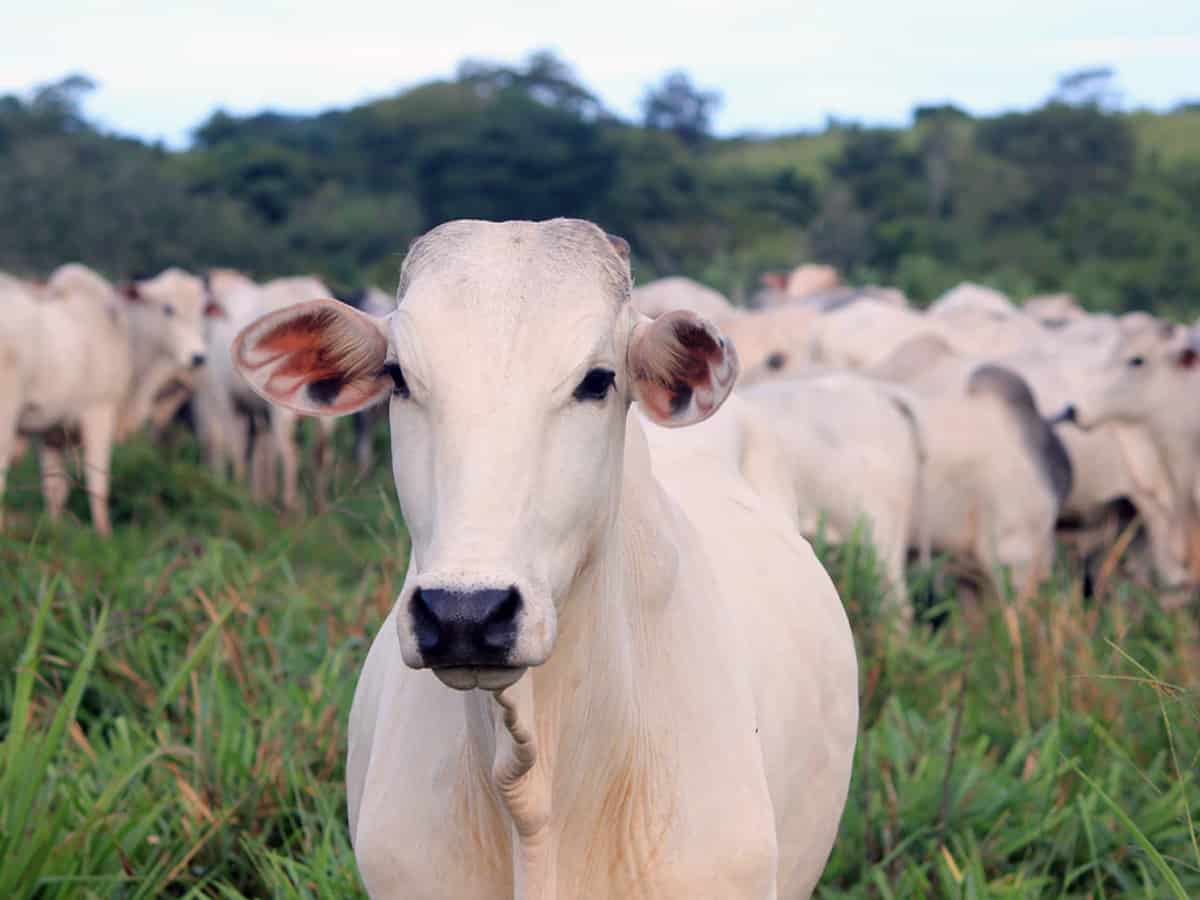
New Delhi: Delhi has logged 54 new cases of lumpy skin disease while 24 cattle have recovered from the infection, officials said on Tuesday.
The number of infected cattle now stands at 203, they said.
The authorities had for the first-time reported cases of lumpy skin disease in the capital on Saturday. The first case was detected around two weeks ago.
A senior Delhi government official said the Municipal Corporation of Delhi has not been cooperating with them in the isolation and transportation of the infected cattle.
The matter will be taken up with higher authorities on Wednesday, he said.
In Delhi, most cases of lumpy skin disease have been detected in the southwest Delhi district — Goyla dairy area, Rewla Khanpur area, Ghumanhera and Najafgarh.
The Delhi government has deployed four mobile veterinary clinics and set up 11 rapid response teams to collect samples. Four teams are creating awareness of the virus among people.
The city government has also set up a special control room with helpline number 8287848586 for queries related to the disease.
An isolation ward has been set up in Rewla Khanpur Gau Sadan in southwest Delhi for stray cattle suffering from lumpy skin disease. The cow shelter can accommodate 4,500 cattle.
On Sunday, officials said the Delhi government will purchase 60,000 doses of goat pox vaccine to inoculate healthy cattle in the capital to prevent the spread of the disease.
These vaccine doses will be administered free of cost.
Delhi has a cattle population of 80,000.
The government will adopt the ring vaccination strategy in which healthy cattle in a 5 km radius of the affected areas will be given goat pox vaccine with the Uttarkashi strain of the virus, he said.
Lumpy skin disease is a contagious viral disease that spreads among cattle through mosquitoes, flies, lice and wasps by direct contact, as also through contaminated food and water. It does not transmit from cattle to humans.
The symptoms include high fever, reduced milk production, skin nodules, loss of appetite, increased nasal discharge and watery eyes, among others.
According to the Centre, the disease has spread in Gujarat, Rajasthan, Punjab, Haryana, Uttar Pradesh and Andhra Pradesh.



